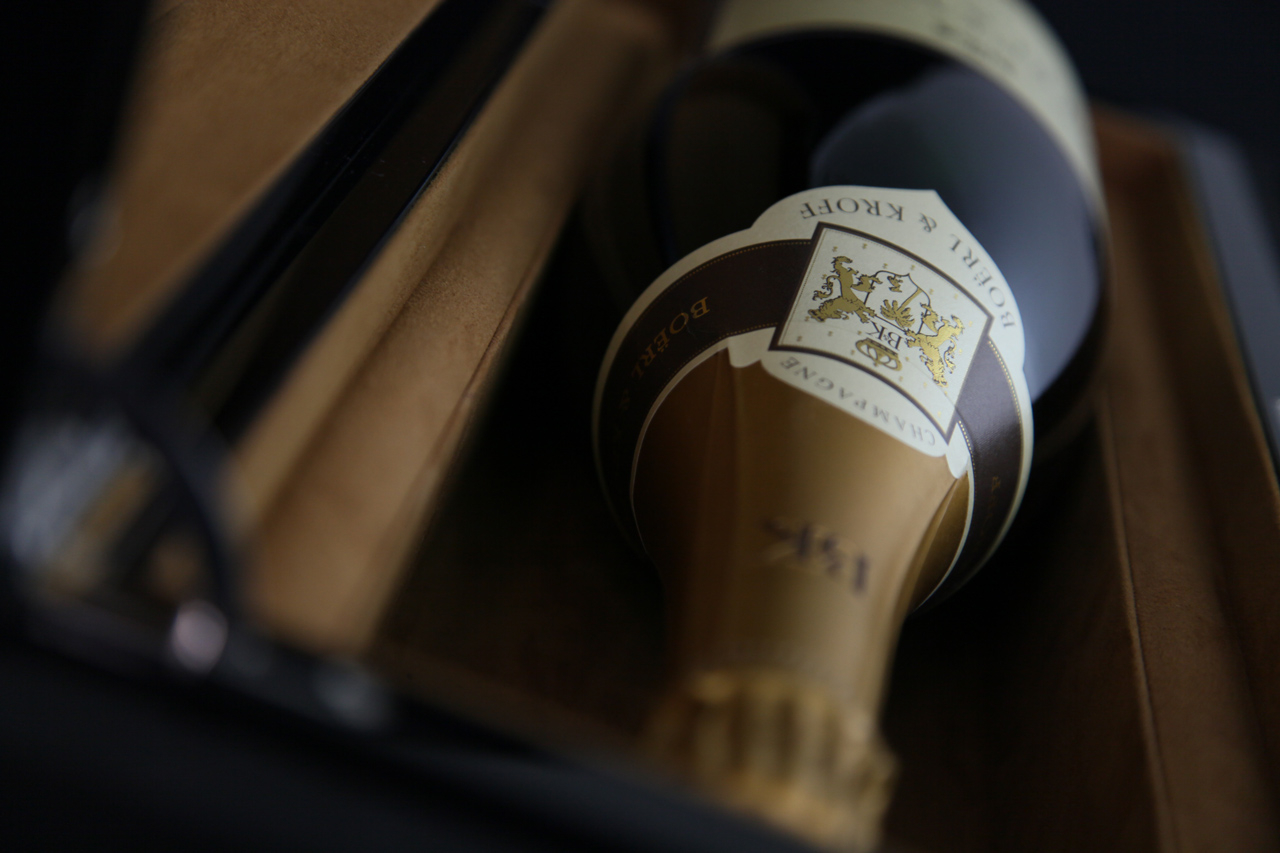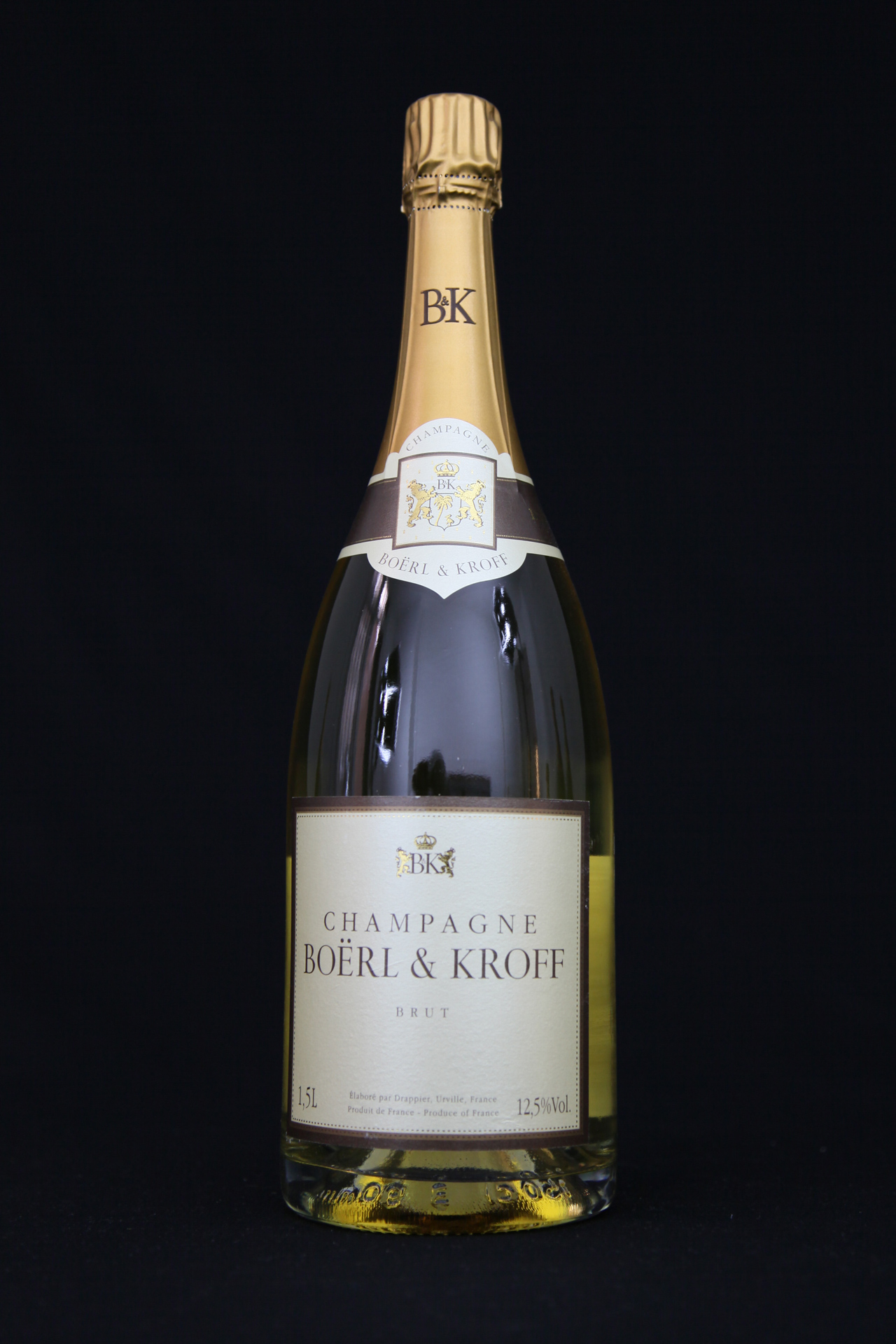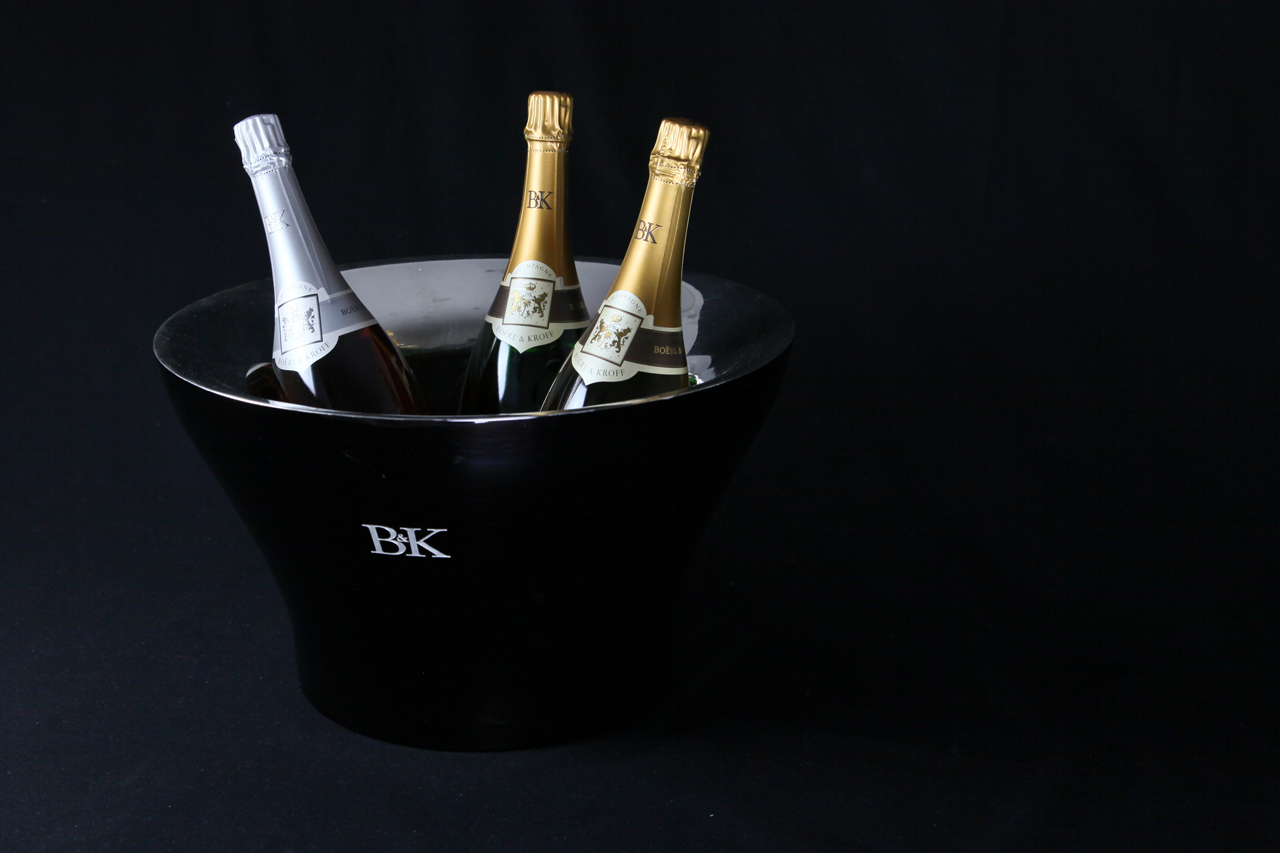An inside look into the world’s highest-priced champagne

When childhood friends Patrick Sabaté and Stéphane Sésé set off on the adventure of concocting their very own sparkling wine, the initial conception never included them becoming the men behind the most expensive and exclusive champagne in the world. Such a reality does not happen via “bon chance,” of course. As one would expect, claiming such an achievement comes with much commitment, such as their patient practice of releasing each new cuvée no less than twelve years after the second fermentation, a steadfast standard very few industry peers are willing to match. When you couple such craftsmanship and dedication with the conspicuous fact their bottles are limited to magnums and above, unraveling the unique story that comes with each bottle of Boërl & Kroff champagne becomes much more uncomplicated.

Their scintillating story begins in 1994, when Messieurs Sabaté and Sésé sat down to envision their future as oenologists. The pair had a very clear idea of the palate profile they desired to achieve, and they understood this prolific profile would demand a complexity in its flavors and aromas unmatched in the marketplace. Leveraging what they knew best, the aspiring winemakers let their inspiration flow from their mutual affinity towards two of France’s finest wine regions, Burgundy and Bordeaux. “We were fascinated by the intensity and uniqueness that the best French red wines gave us,” remarks Sabaté. And so with a hectare-sized vineyard in the Champagne wine region of northeast France, the two Frenchmen began to cement their stature in the industry by producing the only champagne made of a single variety, with ingredients coming from their distinct terroir and produced exclusively in millésimé.
In 2008, thirteen years after their first production, Sabaté and Sésé made the decision to open a few magnums with their loyal friends and the lofty reception convinced the Frenchmen to begin offering their prestigious product to a select and fortunate few. Over the years, it’s become evident that their meticulous detail is what has garnered them so many well-deserved accolades. “All remuage is done by hand, disgorgement also, and the cork is unique. But one of the main things is that we let the wine show us when it is ready, and no decision to release a vintage is taken for commercial needs, but instead only when the wine has reached the point of evolution we search for,” states Sabaté. “The vintage 1996, for example, was released almost two years before the 1995.”
It also makes sense that the world’s most prestigious champagne would turn to the world-renowned sommelier, Gérard Basset, to help create a tasting profile. In profiling the vintage 2002 cuvée, of which only 700 magnums exist, Basset notes the combination of 90% pinot noir, 7% chardonnay, and 3% pinot meunier in its composition. With a complex nose offering notes of citrus fruit, candied fruit, and earl grey tea, the result is an intense champagne that exhibits a delicious chamomile aftertaste that is extremely enjoyable and full of enormous aging potential.
However, with only three thousand bottles in the overall brand’s circulation, speed trumps sophistication. For the noblemen among you, a magnum (1.5L) sells for $5,300, a jerboam (3L) for $16,500, and a melchizedec (30L) for $215,000. Like any select fine art, the real story remains the craftsmanship and true character that goes into each bottle. As for the taste, well, you’ll have to experience it yourself.





